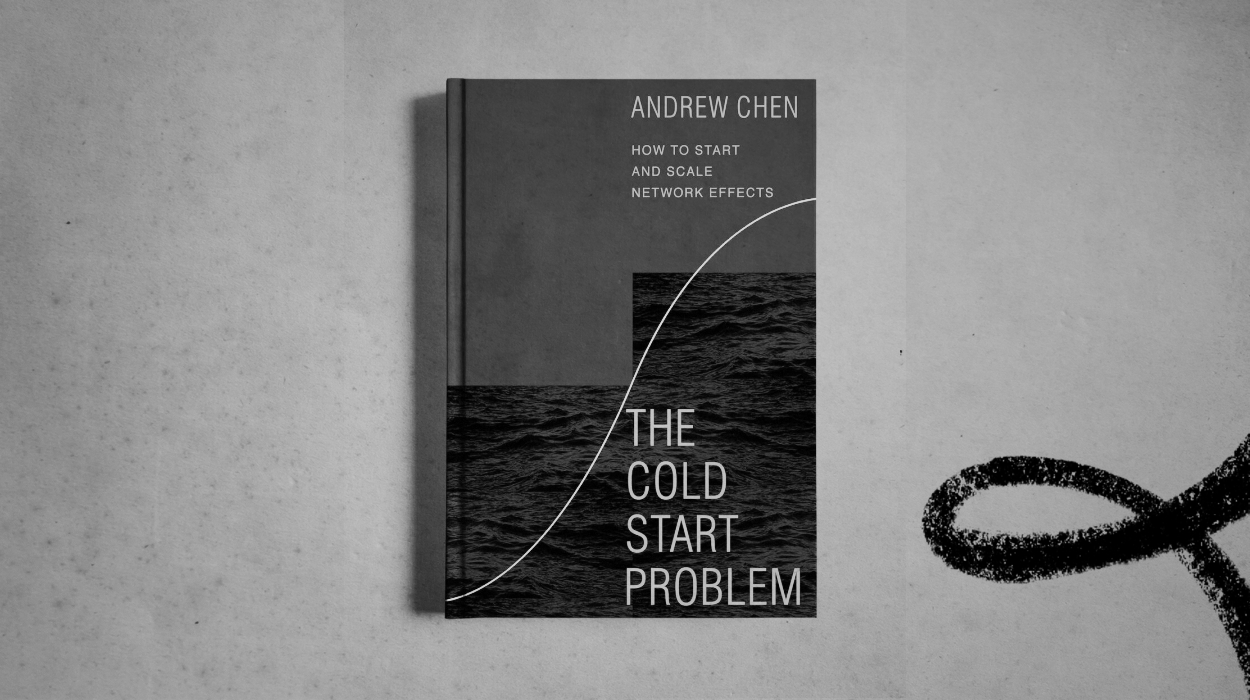
Sponsored By: MasterWorks
Why Are Bezos and These Billionaires Investing in This $3 Trillion Trend?
The global wealth of billionaires has soared 70% since the global health crisis began. Although billionaires have unlimited access to stocks, luxury homes and private equity, analysts believe investments in art could hand them their biggest payday.
According to the WSJ, “Art is among the hottest markets on earth”. Now, the ultra-wealthy are pouring money into this asset class.
Collectively, Steve Cohen, Bill Gates, and Jeff Bezos hold billions of dollars in art.
Here’s why:
- Contemporary Art prices outpaced the S&P 500 by 174% (1995-2020)
- Traditional inflation hedges by 4x when inflation is over 3%
- Global value of art expected to reach nearly $3T in under 5 years
With Masterworks.io, the $1B tech platform, you can invest in multimillion-dollar paintings by Warhol, Picasso, and Banksy, just like buying stocks online.
With over 270,000 members, Masterworks is off to the races.
Why not join them? Divinations Subscribers get priority access*
*See important disclosures
Hello friends!
Today I have something special for you: my favorite chapter of The Cold Start Problem, a new book, coming out tomorrow, that’s one of the more interesting and detailed explorations of network effects I’ve ever read.
As you will see, it is equal parts love letter and rebuke towards the idea of a “network effect”—a concept that is both indispensable and yet totally oversaturated and misunderstood.
The author, Andrew Chen, is someone I suspect many of you already know. I first met Andrew back in 2011 when I had recently graduated college and moved to Palo Alto to join a startup. His essays shaped my foundational understanding of how startups can get off the ground and grow. So I reached out on a whim and a few weeks later was delighted to find myself wandering around with Andrew on University Ave, asking his advice on everything startups and career-related.
Then, as now, Andrew was absolutely dripping with insights about the forces that create viral success. He’s basically the opposite of the common thing you encounter in Silicon Valley, where people throw around terminology they clearly lack any functional knowledge of. And there’s probably no term more commonly abused than network effects. Yet it remains critical for anyone wanting to understand how market power works.
I was lucky enough to bump into Andrew a few months ago and pestered him to let me share a chapter of his book with you, so here we are!
Before we begin, let’s quickly set the scene to give you some context for this chapter.
Andrew’s overall goal for The Cold Start Problem is to propose a new theory of network effects that is more detailed and useful for practitioners than the abstract, academic versions of the idea that have prevailed to date. One classic example is Metcalfe’s law, which claims the value of a network is proportional to the square of its number of participants. Ask anyone in the field and they’ll tell you it’s neither true nor useful.
Instead, Andrew breaks network effects into five stages of development:
- Cold start
- Tipping point
- Escape velocity
- Ceiling
- Moat
Each stage of network development has several chapters in the book that consist of case studies with the founders, engineers, marketers, and product managers that have actually worked with these forces.
The chapter below is from the part of the book covering the third stage of network development: escape velocity. In it, Andrew argues that network effects aren’t one single thing. There are actually three separate forces that benefit businesses in three distinct ways.
I took a lot away from it, and I’m sure you will too.
Here’s Andrew! Enjoy.
Chapter 18: The Trio of Forces
The Only Subscription
You Need to
Stay at the
Edge of AI
The essential toolkit for those shaping the future
"This might be the best value you
can get from an AI subscription."
- Jay S.
Join 100,000+ leaders, builders, and innovators

Email address
Already have an account? Sign in
What is included in a subscription?
Daily insights from AI pioneers + early access to powerful AI tools







Comments
Don't have an account? Sign up!